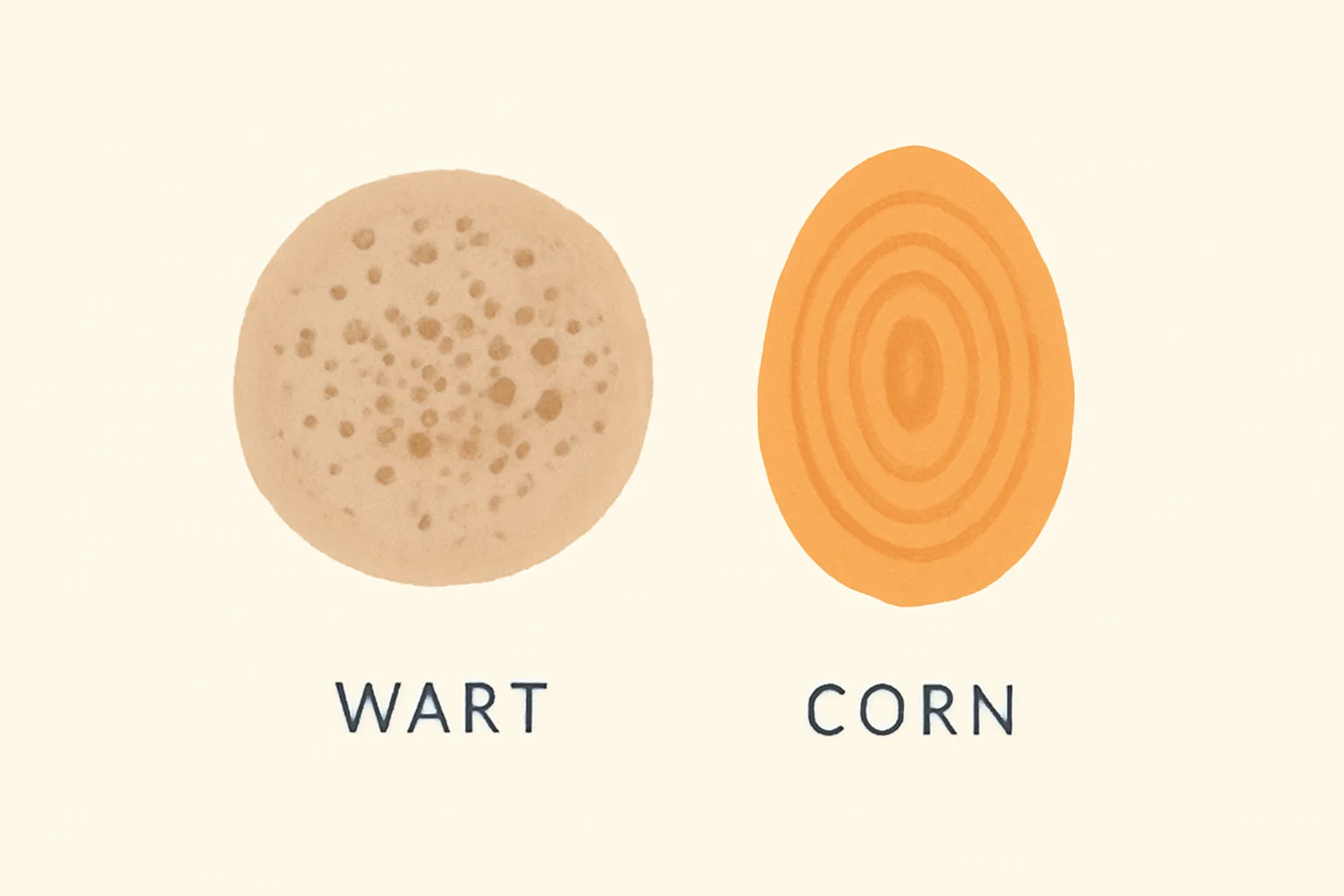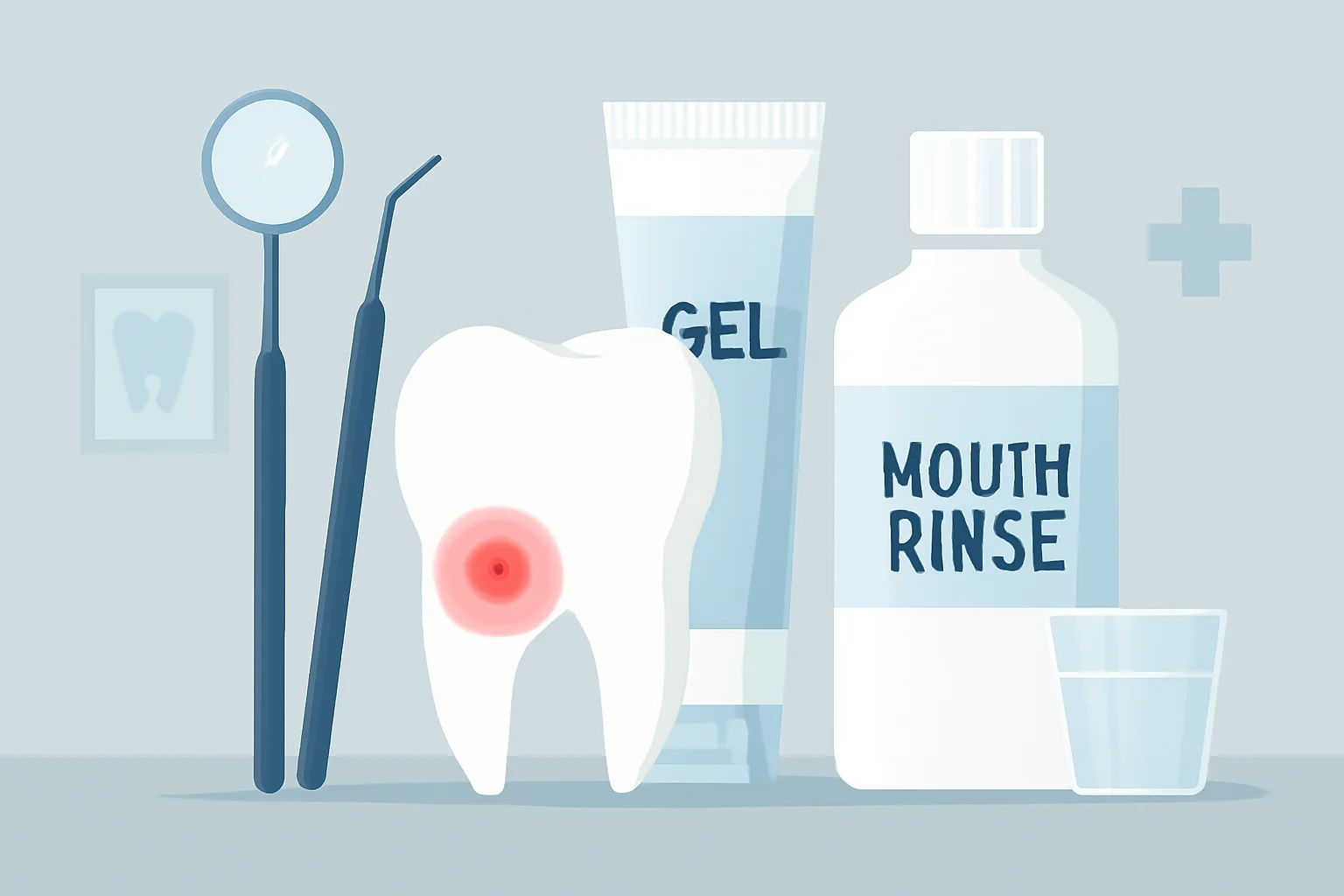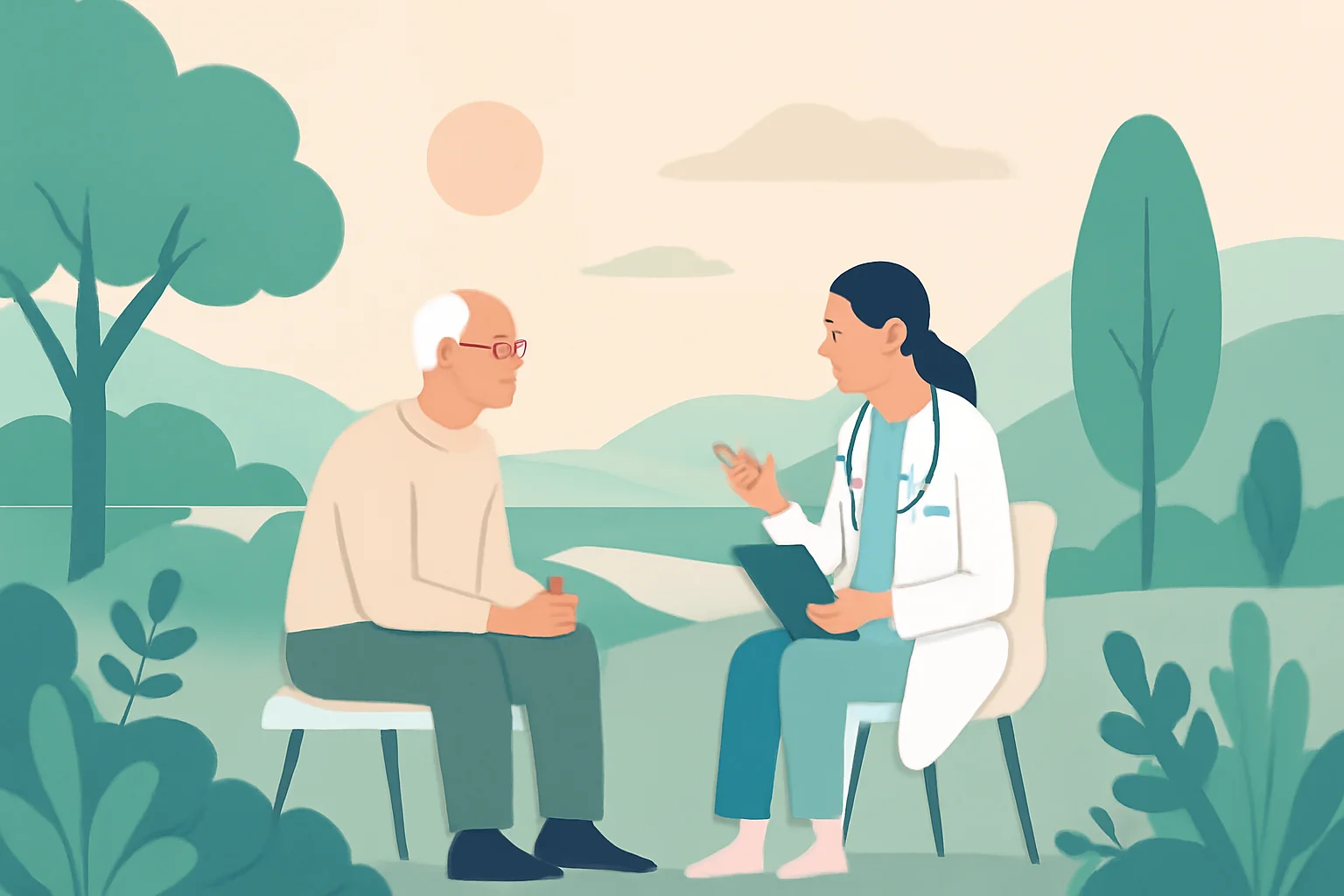
Wart or Corn? How to Distinguish Between Them?
A warts and calluses are two common skin problems that complicate many people’s lives. Although many tend to confuse them, they actually arise from different causes and present in different forms. Skin health is closely intertwined with lifestyle, hygiene, and environmental factors, making it important to consciously care for our skin. Warts, which are of viral origin, are usually painless but can be aesthetically bothersome. In contrast, calluses, which develop due to skin friction, are typically painful and appear on the foot or sole, where the pressure is greatest.
People often seek solutions for these problems, whether through home remedies or medical interventions. However, it is essential to make decisions based on the right information, as incorrect diagnosis and treatment can exacerbate the situation. Monitoring the condition of the skin and adhering to proper hygiene practices are crucial for maintaining skin health. The aim of this article is to clarify the differences between the two skin problems and help identify the best treatment options.
Warts: Symptoms and Types
Warts are small, benign skin lesions that develop as a result of infection with the human papillomavirus (HPV). These viruses create many different types, and the appearance of warts can also vary. They most commonly occur on the hands, feet, and around the genitals. Warts are typically skin-colored, gray, or white, and have a rough, raised surface.
The types of warts include common warts, plantar warts, flat warts, and genital warts. Common warts are usually found on the hands and fingers, while plantar warts appear on the sole of the foot and can often be painful. Flat warts typically occur in young adults and children, often appearing on the face or back of the hands. Genital warts are sexually transmitted and require special attention.
Warts generally do not cause pain, but many people wish to remove them for aesthetic reasons. Treatment options range widely from home remedies to medications and surgical interventions. However, it is crucial not to attempt to remove warts at home, as this can worsen the situation and lead to further infections.
Calluses: Causes and Treatment Options
Calluses, also known as corns, are thickened areas of skin that develop due to continuous friction or pressure. They most commonly appear on the foot, particularly on the sole and between the toes. The primary causes of callus formation include wearing uncomfortable shoes, foot deformities such as hammertoe, or excessive sweating of the feet. Calluses are generally hard, yellowish lesions that protrude from the surface of the skin.
Calluses can be painful, especially when walking, and can interfere with daily activities. The goal of treatment is to relieve pain and remove the calluses. The best solution is prevention, which includes wearing appropriate footwear and regularly caring for the feet. Home treatment for calluses may involve soaking the feet, softening the skin, and trimming the callus, but this should always be done carefully.
If calluses worsen or return regularly, it is advisable to consult a doctor. The doctor may suggest various treatment methods, such as cryotherapy, laser treatment, or even surgical removal. Proper foot care and wearing comfortable shoes can help prevent and treat calluses.
Differences Between Warts and Calluses
Although warts and calluses may appear similar, there are fundamental differences between them. Warts are infections caused by the human papillomavirus (HPV), while calluses develop due to skin friction and pressure. Warts are generally painless, while calluses are often painful, especially when walking.
The appearance of warts can vary, and in many cases, they may disappear on their own, but this can take a long time. In contrast, calluses tend to recur if the triggering factors, such as wearing uncomfortable shoes, do not cease.
During diagnosis, it is important to consult a doctor, as the treatment for the two lesions differs. Warts typically receive antiviral treatment, while mechanical treatment methods are the most common for calluses.
For proper diagnosis and treatment, it is crucial not to attempt to diagnose skin lesions at home, as incorrect treatment can lead to further problems.
—
This article does not constitute medical advice. In case of health issues, always consult a doctor!

